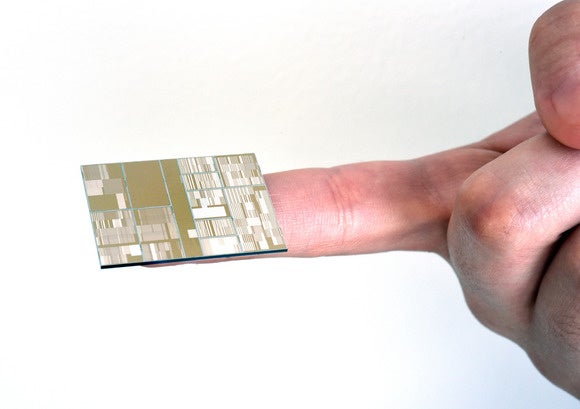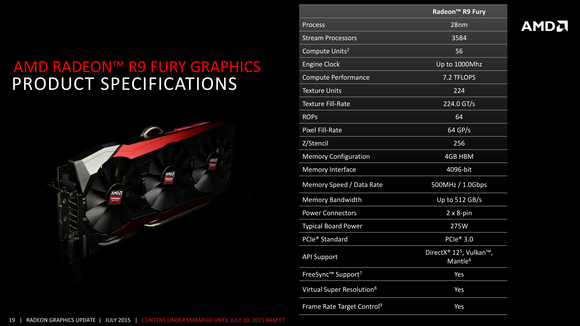Adobe Premiere Pro CC 2015 review: Extending video editing beyond the desktop

AT A GLANCE
(1 items)
- Premiere Pro CC 2015
With this version, Adobe is making a clear effort to bring in tools usually found in other Adobe applications. This makes Premiere Pro closer to being a one-stop video editor.
Last year, as I was sprinting down the street trying to stay ahead of six angry bulls in Pamplona, Spain, I held my phone behind me to capture some video of the experience, all the while thinking, how am I going to color-correct this video? And then I looked up at the beautiful old buildings facing the street and thought, hey, that palette would really work well with the talking-head videos I had been editing in my hotel room the night before. But how to capture those colors and reuse them? Thankfully, Adobe has solutions for these vexing problems in the latest version of its video-editing application, Adobe Premiere Pro CC 2015.


